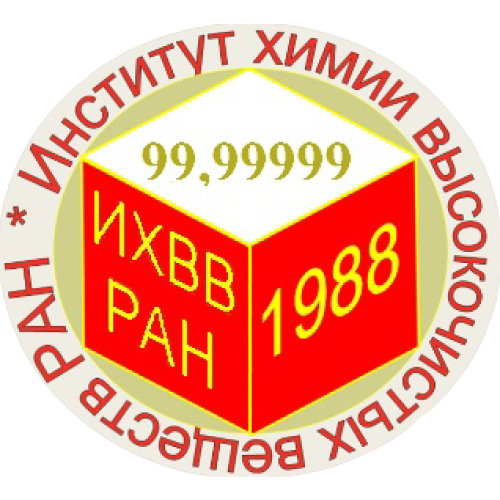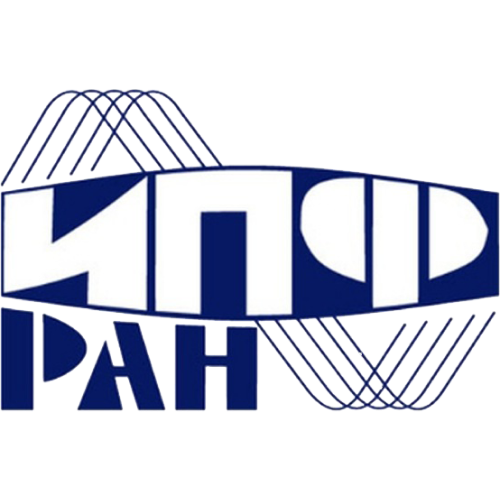Laboratory of Optical Ceramic Materials
Publications
64
Citations
913
h-index
18
Authorization required.
The team of the Laboratory of Optical Ceramic Materials conducts fundamental research in the field of development of methods for obtaining and studying the properties of transparent ceramic materials for active laser and magneto-optical media, transparent armor, as well as new composite and anisotropic optical ceramics.
- Low-temperature nitrogen adsorption
- X-ray phase analysis
- IR spectroscopy
- Optical microscopy
- Dilatometric analysis
- Dynamic light scattering (DLS)
Research directions
Laser nanoceramics based on MgO-RE2O3 composite materials doped with Tm, Ho and Er ions
+
The development of optical ceramics technology has determined significant progress in the manufacture of new laser and magneto-optical materials, and has allowed progress in the development of lasers and Faraday insulators with unique characteristics. Nevertheless, the application of the ceramic approach to the production of laser polycrystals is limited to materials with a cubic crystal lattice, since the anisotropy of other types of structures leads to optical scattering losses. Further development in this field may be associated with the transition to the use of composite ceramic materials, which favorably differ in a complex of mechanical and thermophysical properties. Usually, two-phase composite ceramics are not considered as optical materials due to the strong scattering of radiation at the grain boundaries due to a significant difference in refractive indices between phases. However, it has recently been shown that by reducing the grain size (forming a submicron structure of the material), it is possible to obtain two-phase ceramics MgO-Y2O3 and MgO-Gd2O3 with transmission in the wavelength range of 1.5-8 microns at the level of single crystals of rare earth element oxides. At the same time, a decrease in the average grain size improves the mechanical characteristics of these materials, and an increase in the volume fraction of MgO in the MgO-Y2O3 composite increases its thermal conductivity. The main direction of development of work on the production of MgO-Y2O3 and MgO-Gd2O3 composites, today, is the choice of sintering conditions for ceramics with a minimum grain size in order to use these materials as protective windows of infrared aerospace systems. At the same time, the wavelengths of radiation from laser media based on tullium, holmium and erbium ions (2-3 microns) fall within the transparency range of such composite materials, and advantages in mechanical and thermophysical properties can provide an increase in the power and reliability of laser systems. At the same time, there are only a few reports on the study of luminescence of composite ceramics Er:MgO-Y2O3 and No:MgO-Y2O3 in the range of 1.5 and 2 microns, and doping with Tm3+ ions of magnesium oxide – REE oxide composites has not been implemented at all. There is also no information about the possibility of obtaining such composite materials based on scandium and lutetium oxides. This project is aimed at developing scientific foundations and creating new promising types of optical ceramics based on magnesium oxide – rare earth element oxide composites doped with erbium, holmium and tullium ions for lasers in the 2-3 microns range. For this purpose, methods of self-propagating high-temperature synthesis of highly dispersed MgO-RE2O3 powders (RE = Y,Sc,Lu,Gd) doped with Tm,Ho and Er ions will be developed, and conditions for their consolidation into dense ceramic samples by hot pressing will be established. Based on a comprehensive study of the microstructure by methods of electronic and laser 3D ultramicroscopy, sources of optical scattering losses that limit the transmission of the material will be identified. This will optimize the technological parameters and obtain target materials with an average grain size of ~ 100-150 nm, which will ensure their high transparency in the IR range and allow effective laser generation on selected materials.
Publications and patents
Found
Nothing found, try to update filter.
Лазерная нанокерамика на основе композиционных материалов MgO-RE2O3, легированных ионами Tm, Ho и Er
2022
—
2025
| Пермин Дмитрий Алексеевич
Lab address
Нижний Новгород, просп. Гагарина, 23,
Authorization required.







